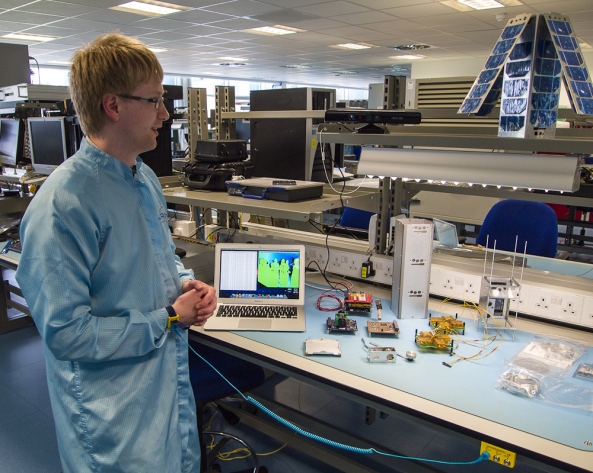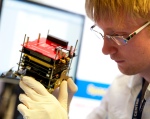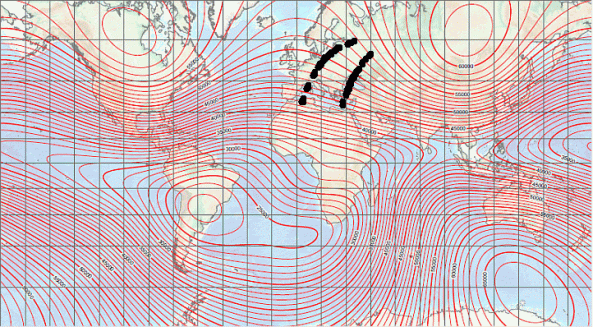Dr Chris Bridges M6OBC of the Surrey Space Centre is one of the volunteers who developed the UK’s first CubeSat STRaND-1 on 437.568 MHz.
At 14:45 on Saturday, October 12 [note change in day/time] he will be providing an update on the satellite to those attending the RSGB Convention near Milton Keynes.
Launched on February 25, 2013 STRaND-1 was the first satellite to carry a Smartphone into space and attracted world-wide media interest.
At the heart of STRaND-1 is a Google Nexus One smartphone with an Android operating system. Smartphones contain highly advanced technologies and incorporate several key features that are integral to a satellite – such as cameras, radio links, accelerometers and high performance computer processors – almost everything a spacecraft needs except the solar panels and propulsion.
The RSGB’s Centenary Convention, sponsored by Martin Lynch & Sons, takes place this weekend (Fri eve-Sun) October 11-13 at Horwood House, MK17 0PH just a few miles outside Milton Keynes. Tickets are available on the door.
RSGB Convention Schedule
http://rsgb.org/main/blog/news/rsgb-notices/2013/09/10/centenary-convention-2013-programme/
RSGB Centenary Convention
http://rsgb.org/main/blog/news/rsgb-notices/2013/07/10/rsgb-centenary-convention/
STRaND-1 information https://amsat-uk.org/satellites/strand-1/









You must be logged in to post a comment.